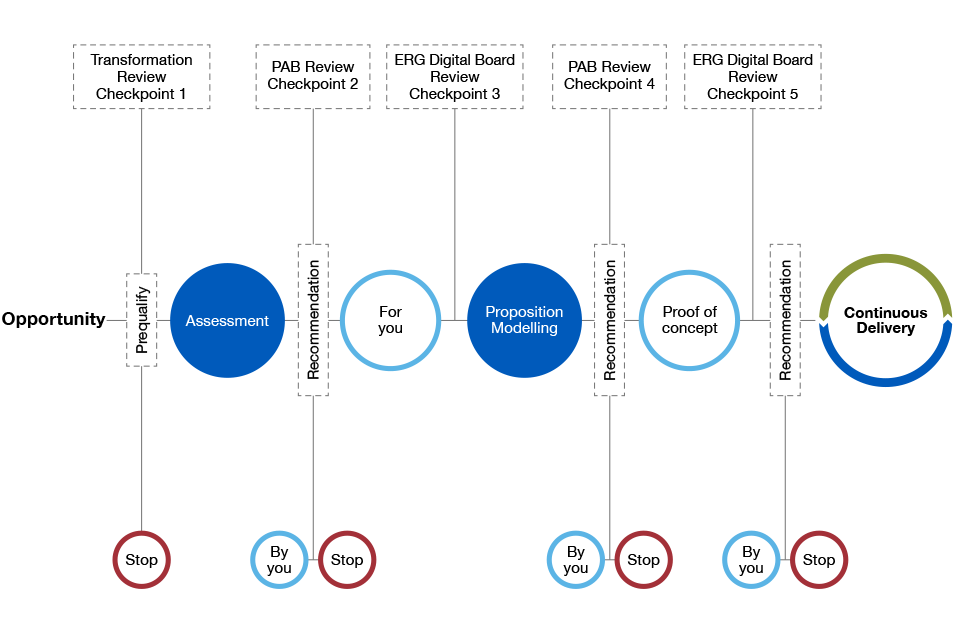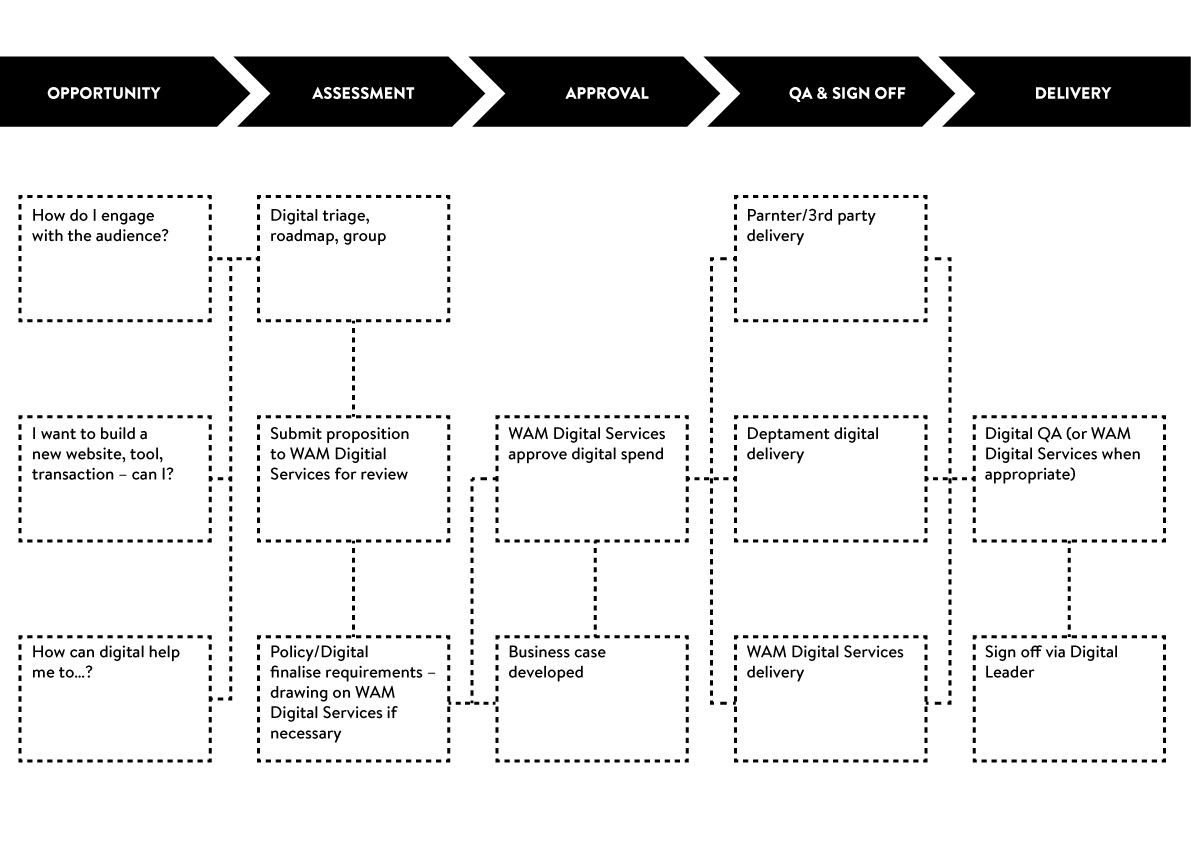To ensure our digital efforts are effective we have a set of digital objectives by which we can measure success.
How do you know what services we should be building and in what order? How do you prioritise more important content or services on the website? How do you decide if you should migrate legacy content or retire it?
In fact there are many decisions that come down to prioritising one thing over another. To help us do that we need clear objectives we are aspiring to. These organisational goals for digital should balance user needs.
Decisions on priorities for determining the order that services come forward for end-to-end redesign will therefore vary according to circumstances and opportunities, but prioritisation could be based on any of the following:
-
high volume, high impact processes where improvements will benefit a lot of users rapidly
-
quick wins, where there is opportunity to do a short sharp piece of work to transform a service (or important aspects of it)
-
services where a high proportion of potential users are already online, providing opportunities to achieve high digital take-up rapidly
-
breaks in contract provision, where a change offers an opportunity for a re-appraisal of what is delivered and how
-
a service currently perceived as problematic or ‘failing’, where a transformational redesign will reduce user frustration or operational inefficiencies resulting in savings
-
‘greenfield’ opportunities to introduce new digital services
-
opportunities or inter-dependencies within or between departments to provide more holistic and connected services to users (WAM Digital Services will actively look for such opportunities as plans are drawn up)
Controls
-
WAM Digital Service operates a set of controls for the Museum to control spend on digital projects and initiatives
-
these are managed in conjunction with departments through the Digital Working group
-
propositions are formally submitted to and reviewed by the transformation team, with collaboration from the submitting department
-
the Digital Management group control the approval of recommended approaches, spend control
-
all propositions must deliver user value and financial savings
-
all propositions must move the Museum toward greater digital maturity
Transformation programme governance

Assessment criteria
Departmental propositions are assessed at different stages of the process but a common theme runs throughout:
-
what is the department trying to do?
-
who are they doing it for?
-
what is the investment and savings opportunity?
-
what constraints do we face (people/process/technology)?
-
how will we measure success?
-
what factors are critical to success?
Given the above, a recommendation is put forward.
Departments are encouraged to use the same assessment criteria during their own service proposition (portfolio) management process.
An example of an existing departmental proposition management process is given below.

